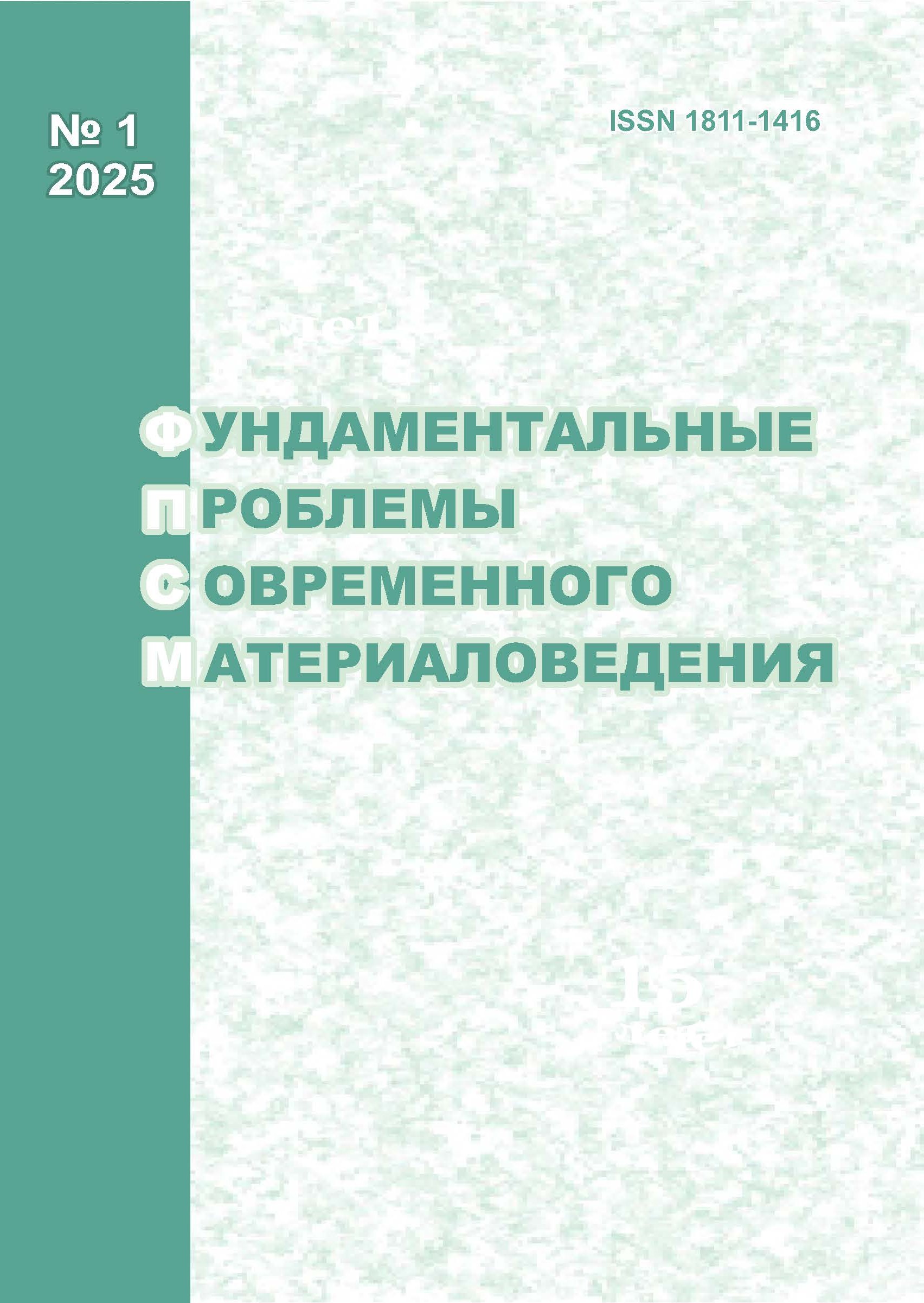TWO-DIMENSIONAL BREATHERS AND THEIR INFLUENCE ON MACROSCOPIC PROPERTIES OF ALUMINUM MONOCRYSTAL
10.25712/ASTU.1811-1416.2025.01.007
Keywords:
delocalized nonlinear vibrational mode, two-dimensional discrete breathers, nonlinear dynamics, molecular dynamics simulation, heat capacity, FCC metalAbstract
The interest in discrete breathers (DB), i.e. time-periodic and spatially localized vibrational modes in a defect-free nonlinear lattice, is related to their ability to localize vibrational energy of the order of several eV per atom. In this paper, the molecular dynamics method is used for the first time to study the effect of a two-dimensional DB on the macroscopic properties (heat capacity and thermal expansion) of a defect-free fcc aluminum single crystal. The standard embedded atom method interatomic potential was applied. All calculations were carried out at zero absolute temperature. The DBs were excited by displacing the atoms from their equilibrium lattice sites corresponding to three delocalized nonlinear vibrational modes (DNVMs) previously discovered for a two-dimensional triangular lattice. It was found that the compressive stress increases with increasing initial amplitude, i.e., excitation of a two-dimensional DB leads to thermal expansion of the crystal. The two-dimensional DB is characterized by a decrease in heat capacity with increasing amplitude. At high amplitudes, the vibrational energy can reach values in the range of 0.6-1.1 eV per atom. All studied DBs are characterized by a hard type of nonlinearity, i.e. an increase in frequency with increasing vibration amplitude.











 Journal «Fundamental’nye problemy sovremennogo materialovedenia / Basic Problems of Material Science»
Journal «Fundamental’nye problemy sovremennogo materialovedenia / Basic Problems of Material Science» This work is licensed under a
This work is licensed under a 
